As my thesis project, Thunderbird is the manifestation of my philosophy as a designer. It unites my studies of architecture with fashion design. I explore post-digital concepts such as active matter, virtual reality and the Anthropocene to develop how I think about materials and the world around me.
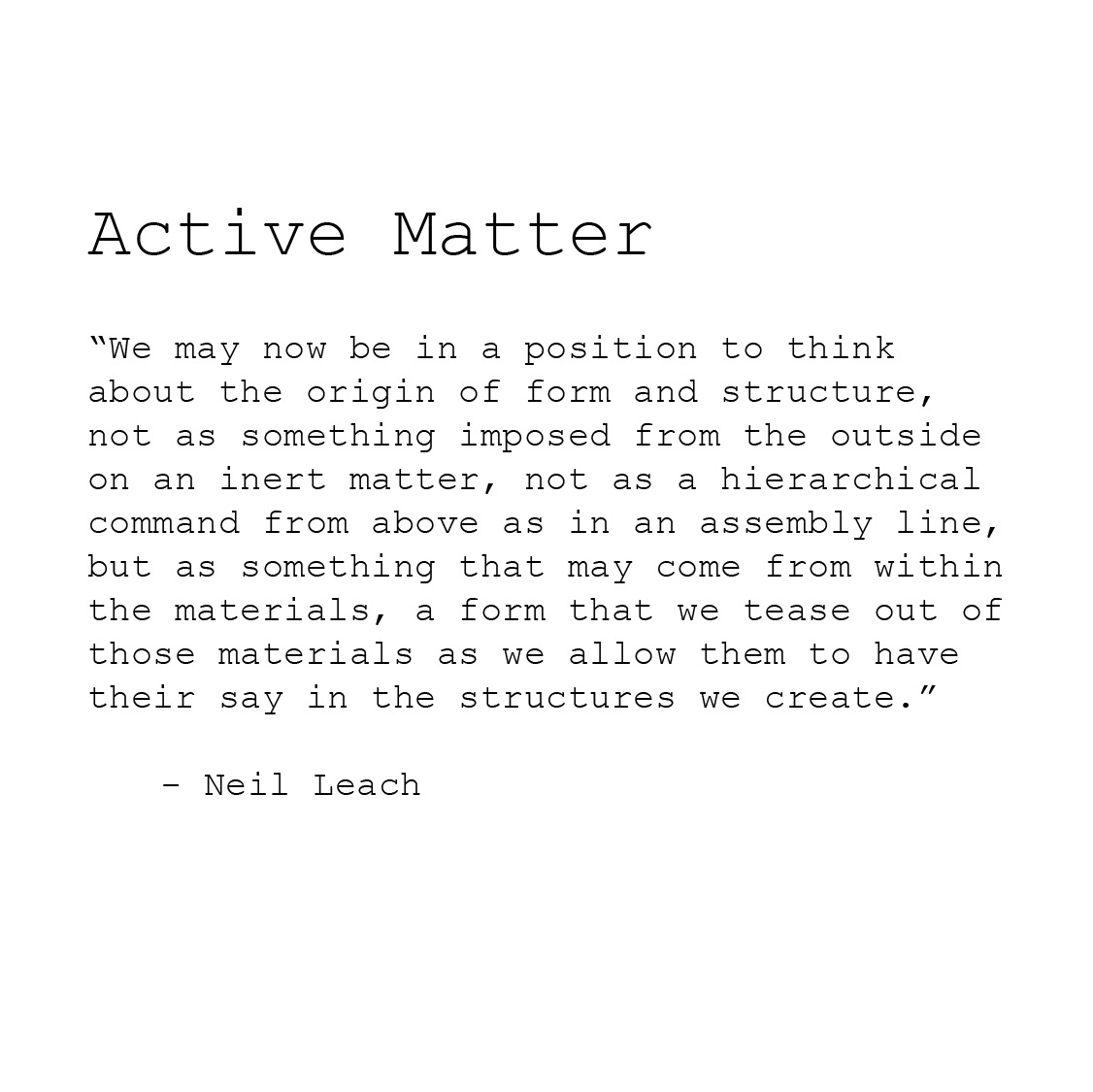
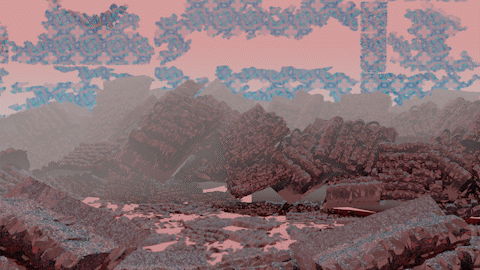
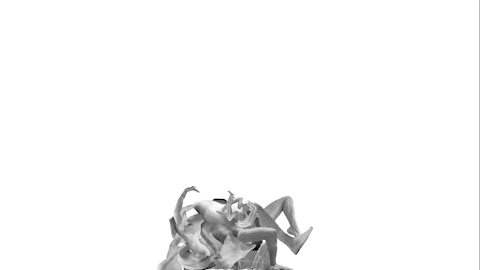
This project started from thinking more seriously about material properties such as glass transition phases and static electricity and this got me exploring more about how these properties can be pushed to benefit users. Following this topic, I learned more about how static electricity is more scientifically referred to as the triboelectric effect and how this static build up presents an opportunity for autonomous energy production.
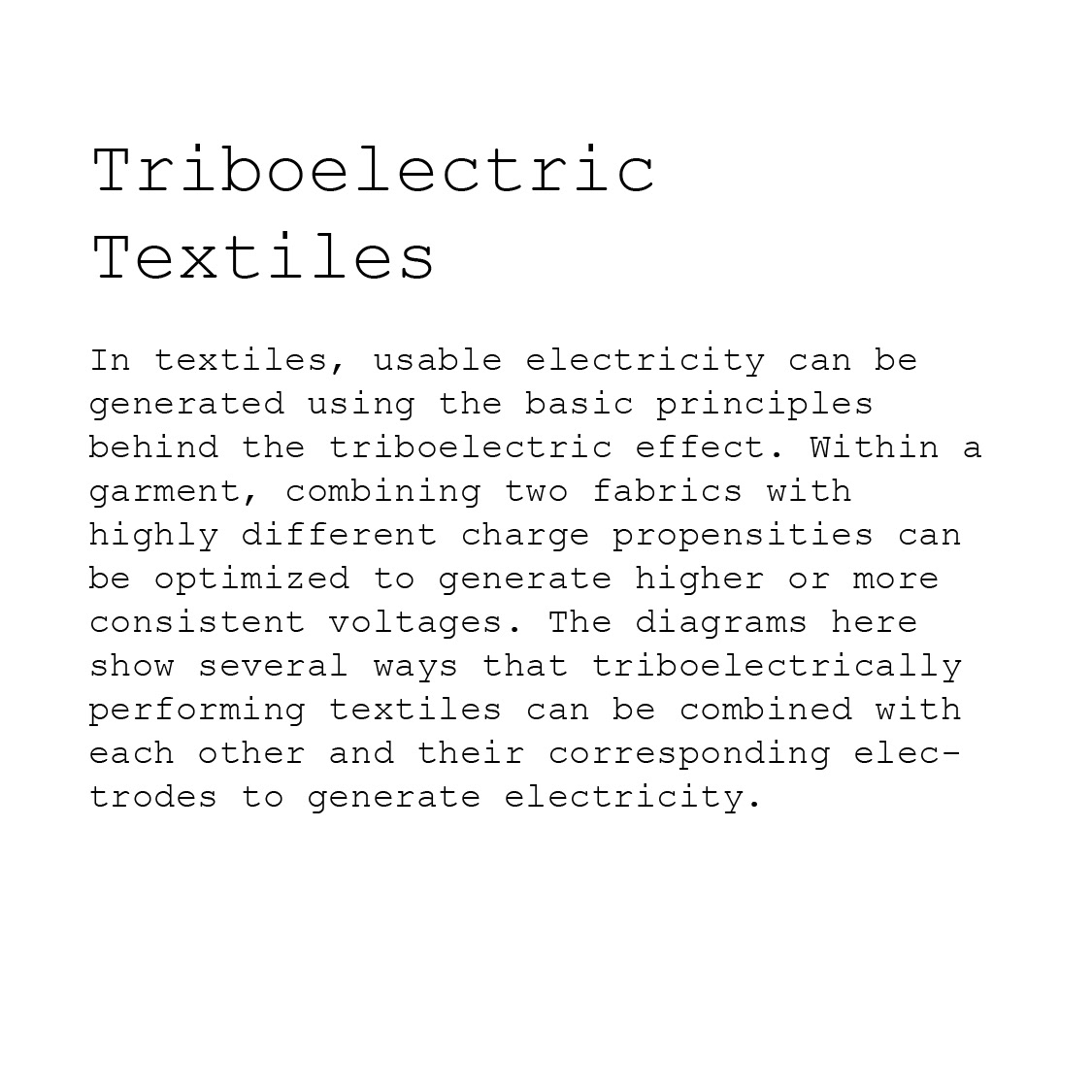
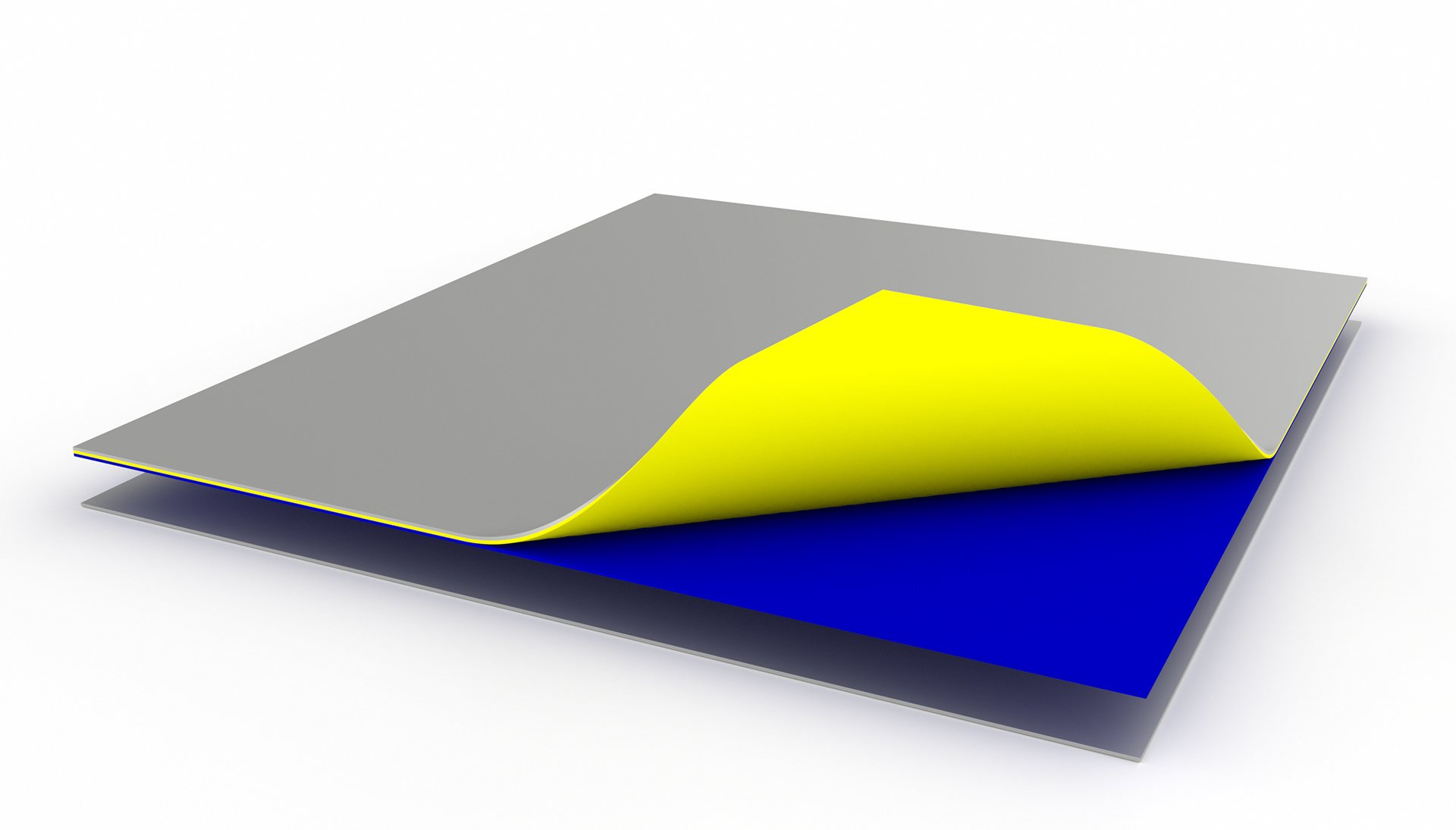
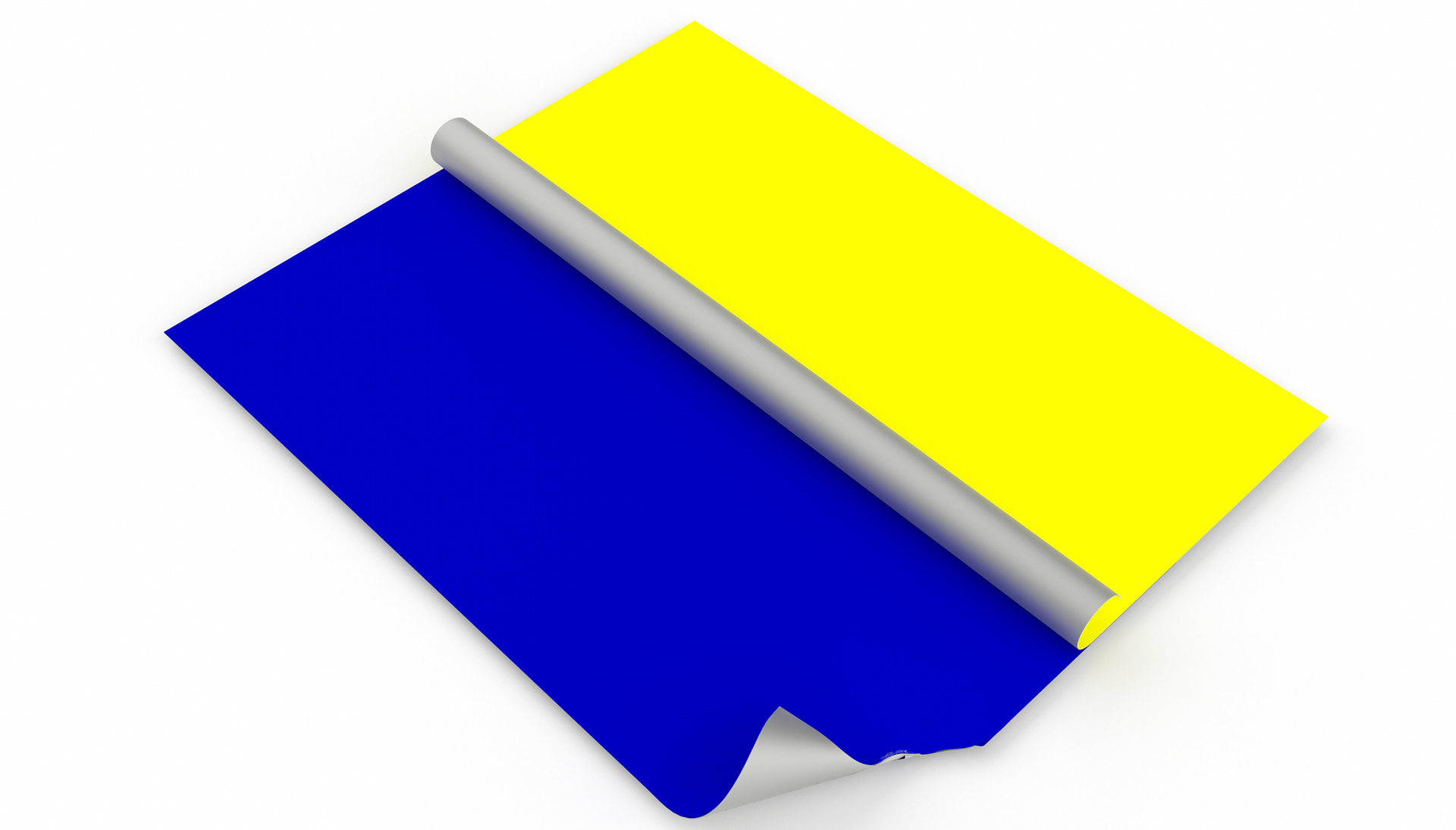
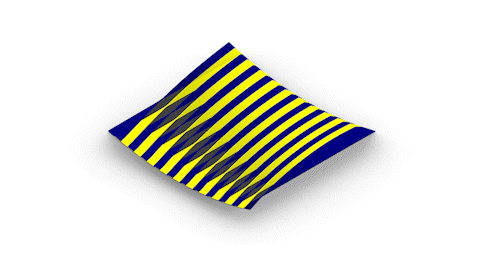
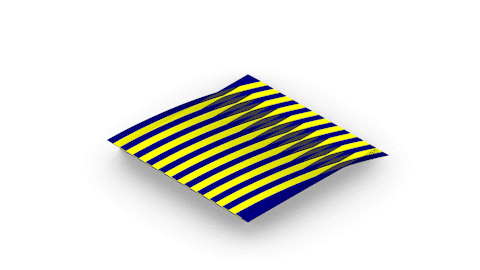
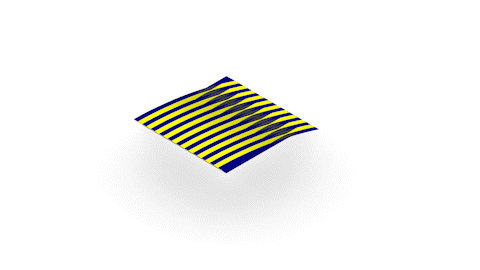
Armed with a basic understanding of the triboelectric effect, I considered how it could be deployed. Through collage, I explored using the effect within fashion design - considering how it could enhance the performance of garments while at the same time produce a novel design language. Eventually, I started to see that examining the innate qualities of materials caused a more gentle use of them.
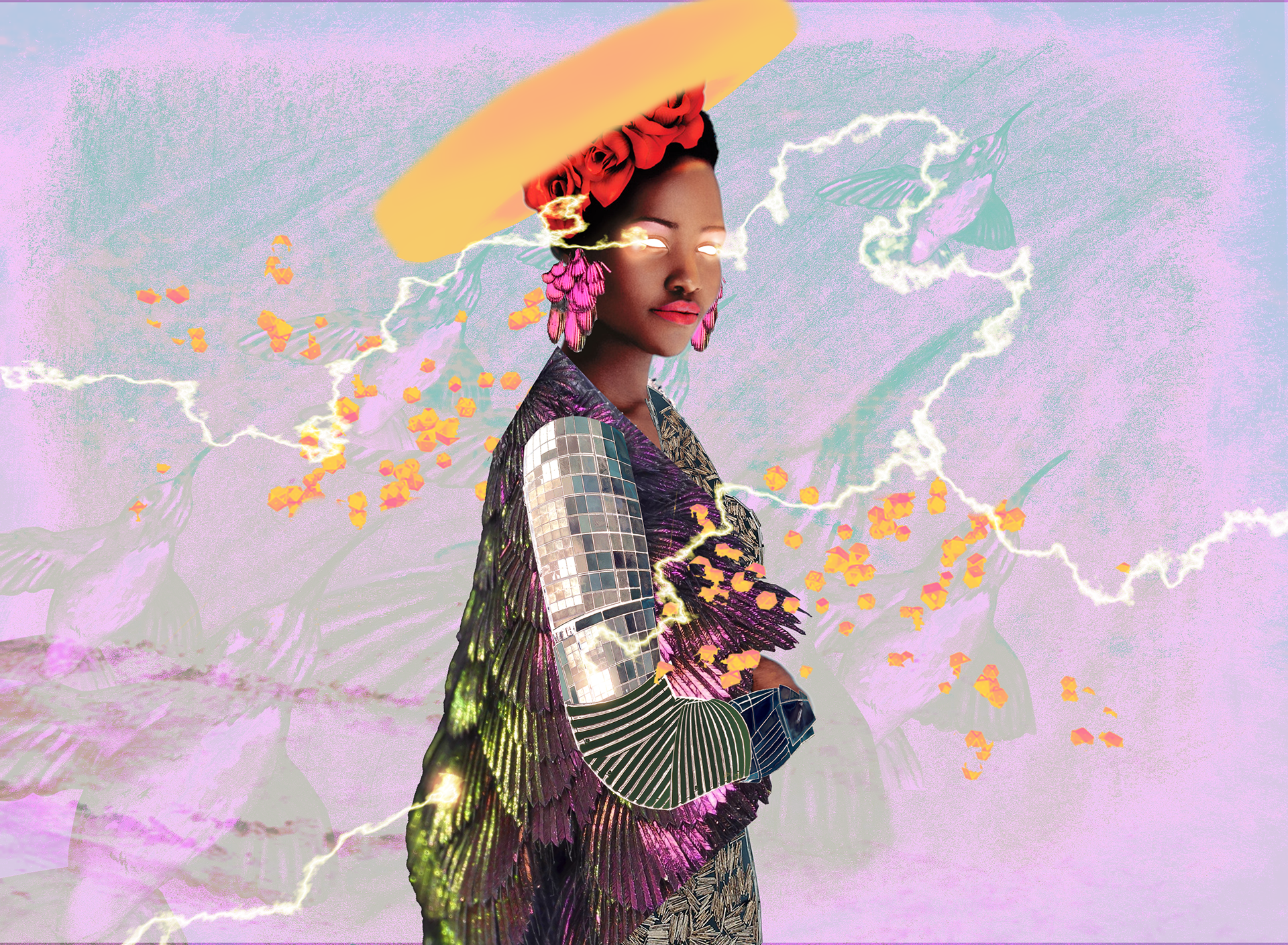
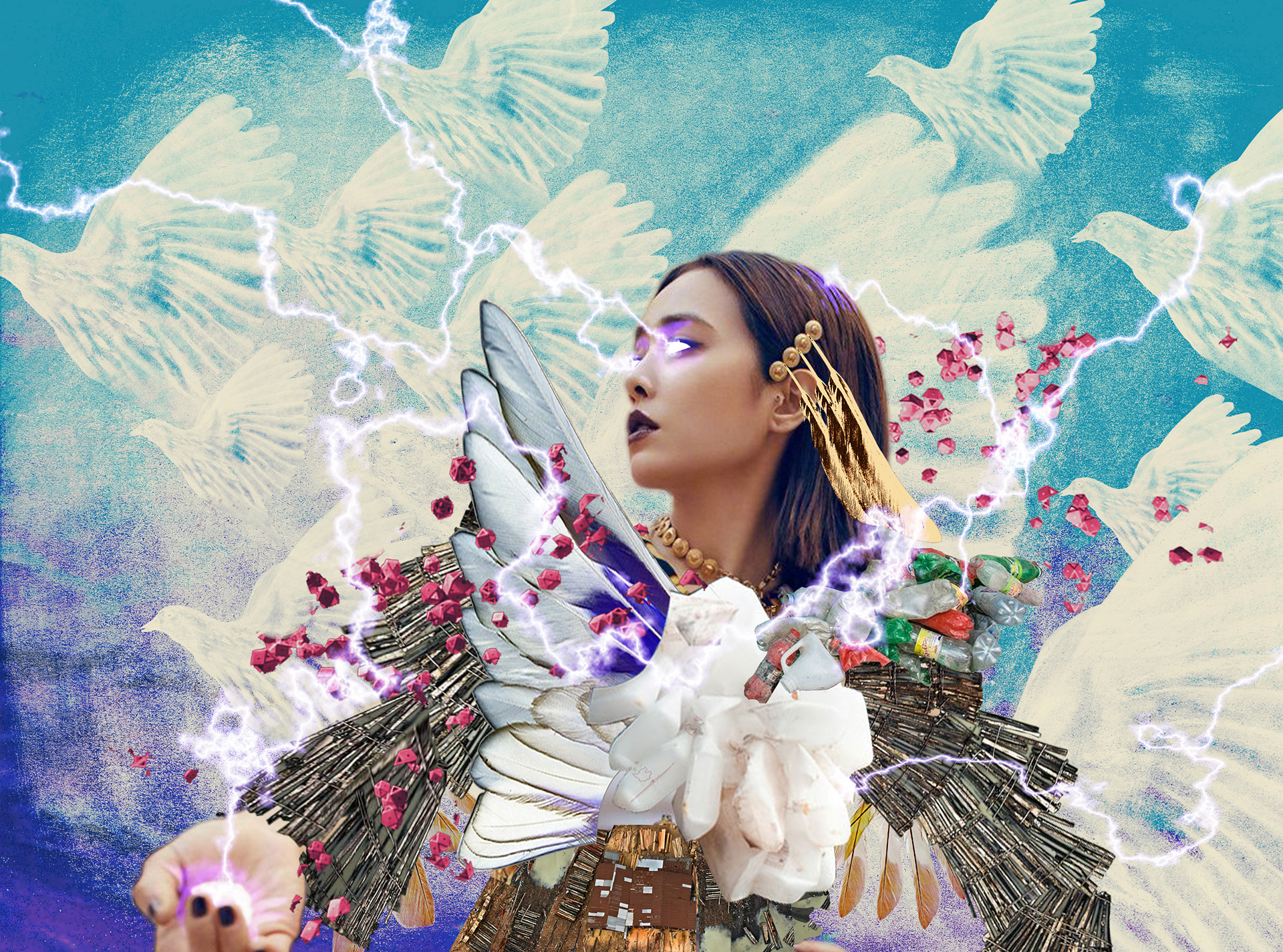
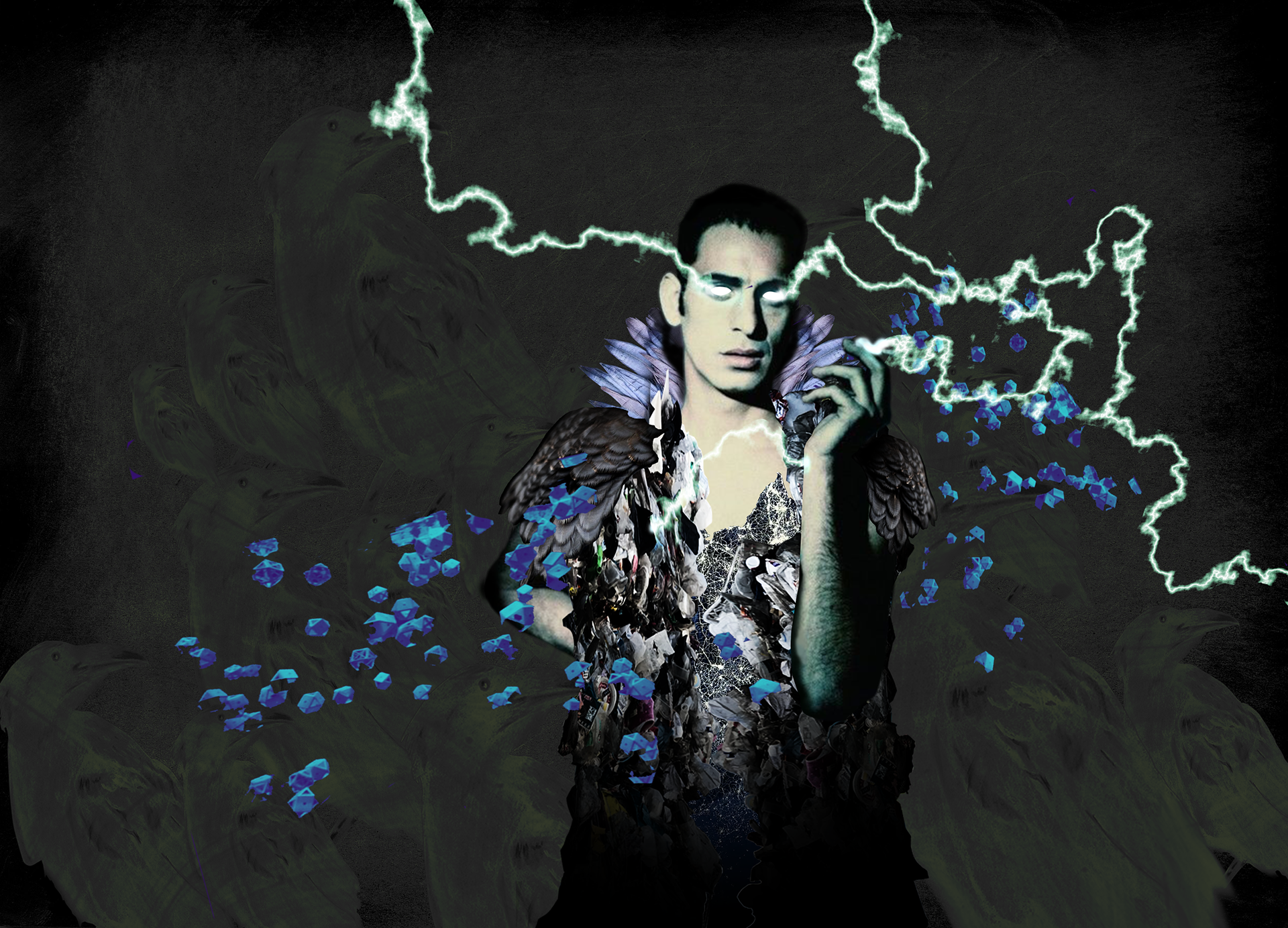
A triboelectric generator combines materials in such a way that static electricity built up between them is transferred into a circuit that can then power a device. I needed to conduct my own experiments in order to understand how I could design one for use in a garment.
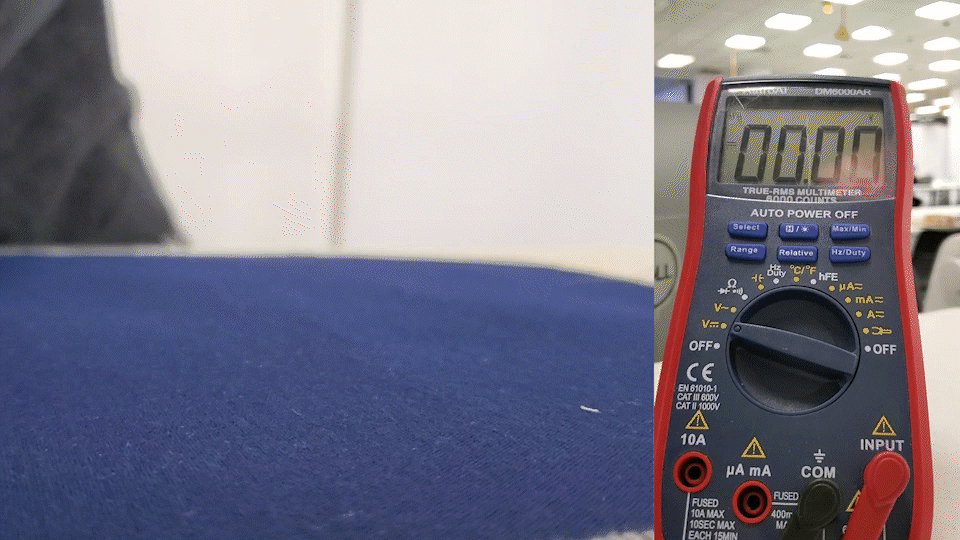
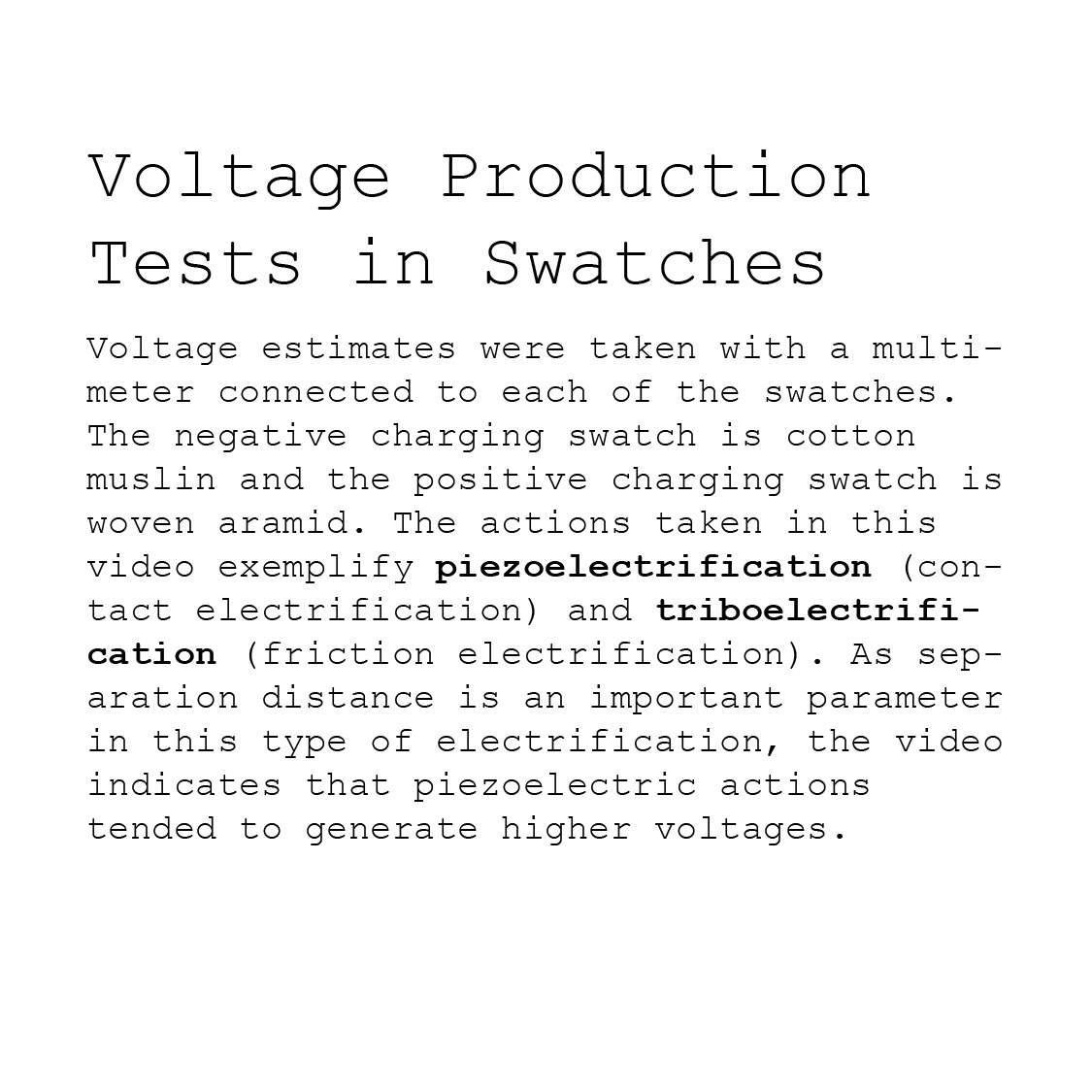
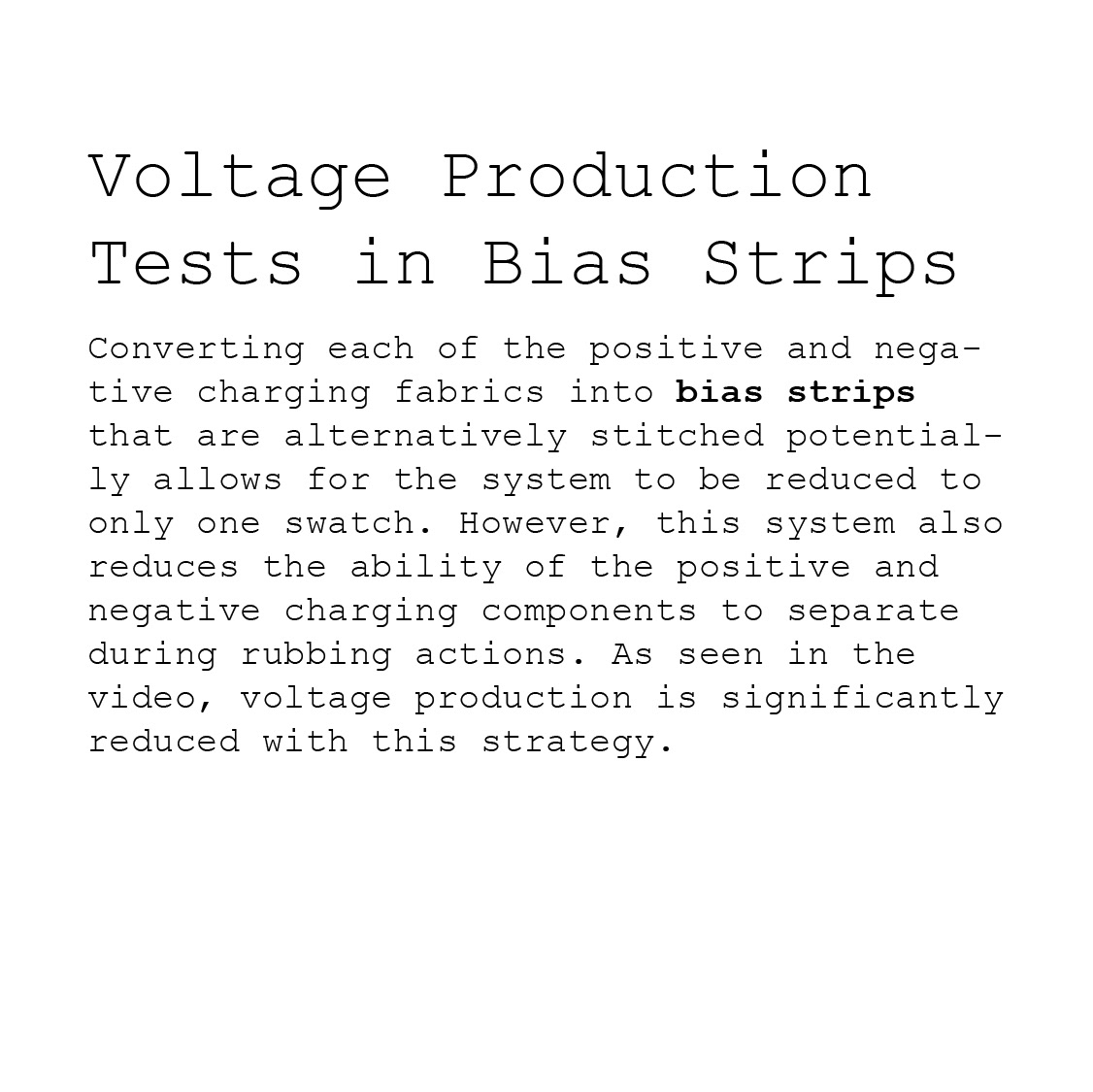
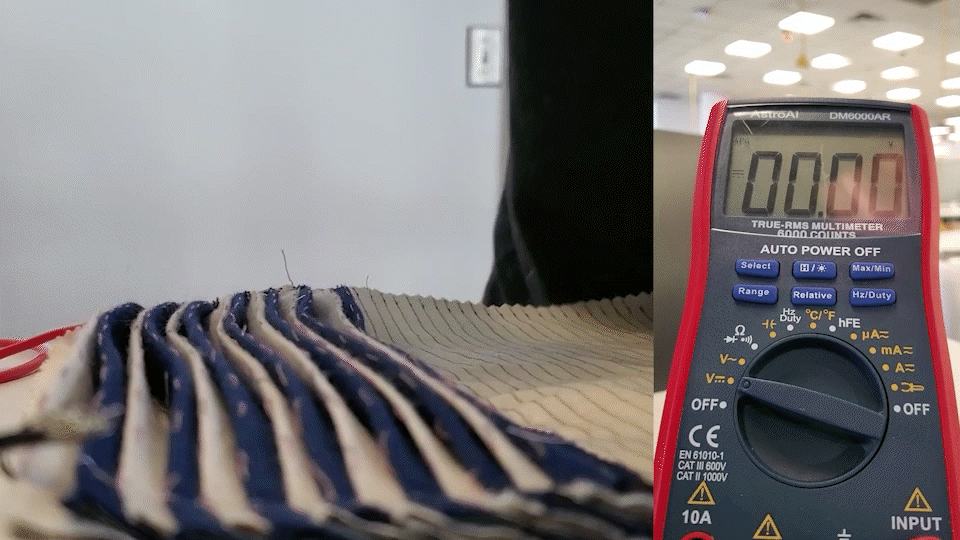
After doing initial voltage production tests with a variety of textiles, sewing techniques and combinations of fabrics with electrodes, I began doing some initial garment sketches.
While sketching in 2D is a quick and effective way to start exploring ideas, I moved onto mocking up the sketches in 3D using a VR program called Tilt Brush. This allowed me to better understand the volume of the design and experiment with various textures and materials.
Choosing the final design relied on consideration of a few parameters: what would look interesting, what would perform, and what would maintain the futuristic/dynamic intentions that define the project. After prototyping the concept, I set to work on the final garment.
While the final garment does not currently generate electricity effectively enough to power the LED array on the chest, it does a good job of exploring the initial concept and sets up a foundation for creating more effective prototypes in the future. A major issue with the performance of this garment is in the separation distance of the triboelectric components. While the positioning of bias strips maximizes contact between the triboelectric textiles, it does not allow for much friction. Future versions of this concept will have to explore designs that allow for the positive and negative components to separate more dramatically. This project is presented in video format below.